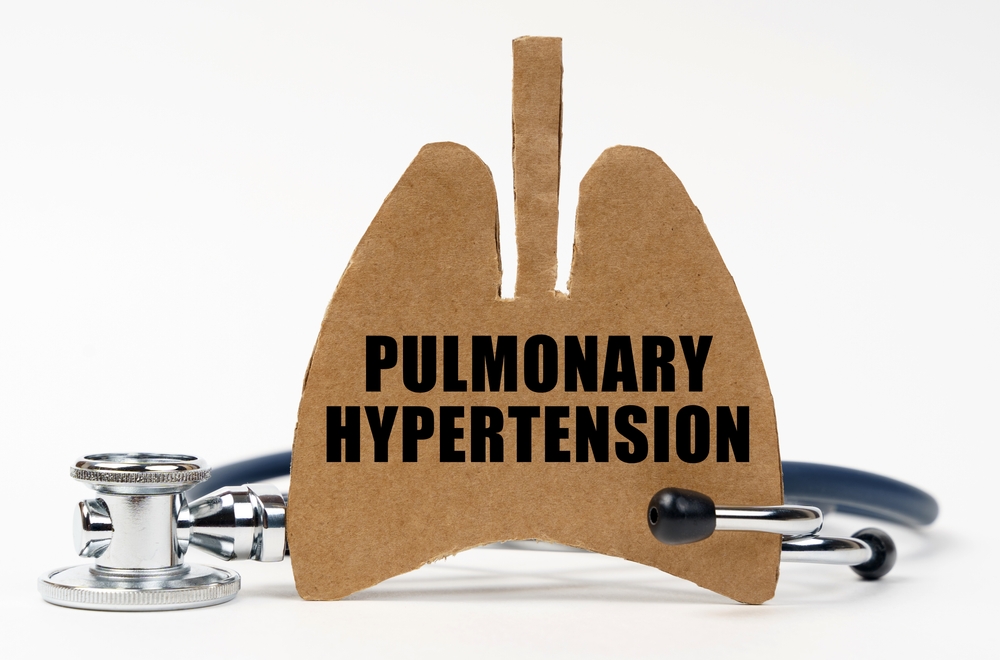Arq. Bras. Cardiol. 2024; 121(7): e20240445
Pulmonary Arterial Hypertension and Cardioprotective Interventions
This Short Editorial is referred by the Research article "Right Ventricular Function and Oxidative Stress Improve with the Administration of Thyroid Hormones and Grape Juice in a Pulmonary Hypertension Model".
The normal pulmonary vasculature is a low-pressure system compared with the systemic vasculature. Pulmonary hypertension is characterized by a mean pulmonary artery pressure higher than 25 mmHg. The primary pathophysiological process of pulmonary hypertension is a restriction of blood flow through the pulmonary circulation, which leads to increased pulmonary vascular resistance and eventual failure of the right ventricle. Pulmonary hypertension may be idiopathic (PAH) or aconsequence of chronic diseases, including left-sided heart failure, parenchymal lung diseases, and thromboembolic disease.
Pathological structural and functional changes of the ventricles are known as cardiac remodeling, which is associated with a poor prognosis in PAH. Currently, no specific treatment is recommended for PAH-induced cardiac remodeling.
[…]
223

